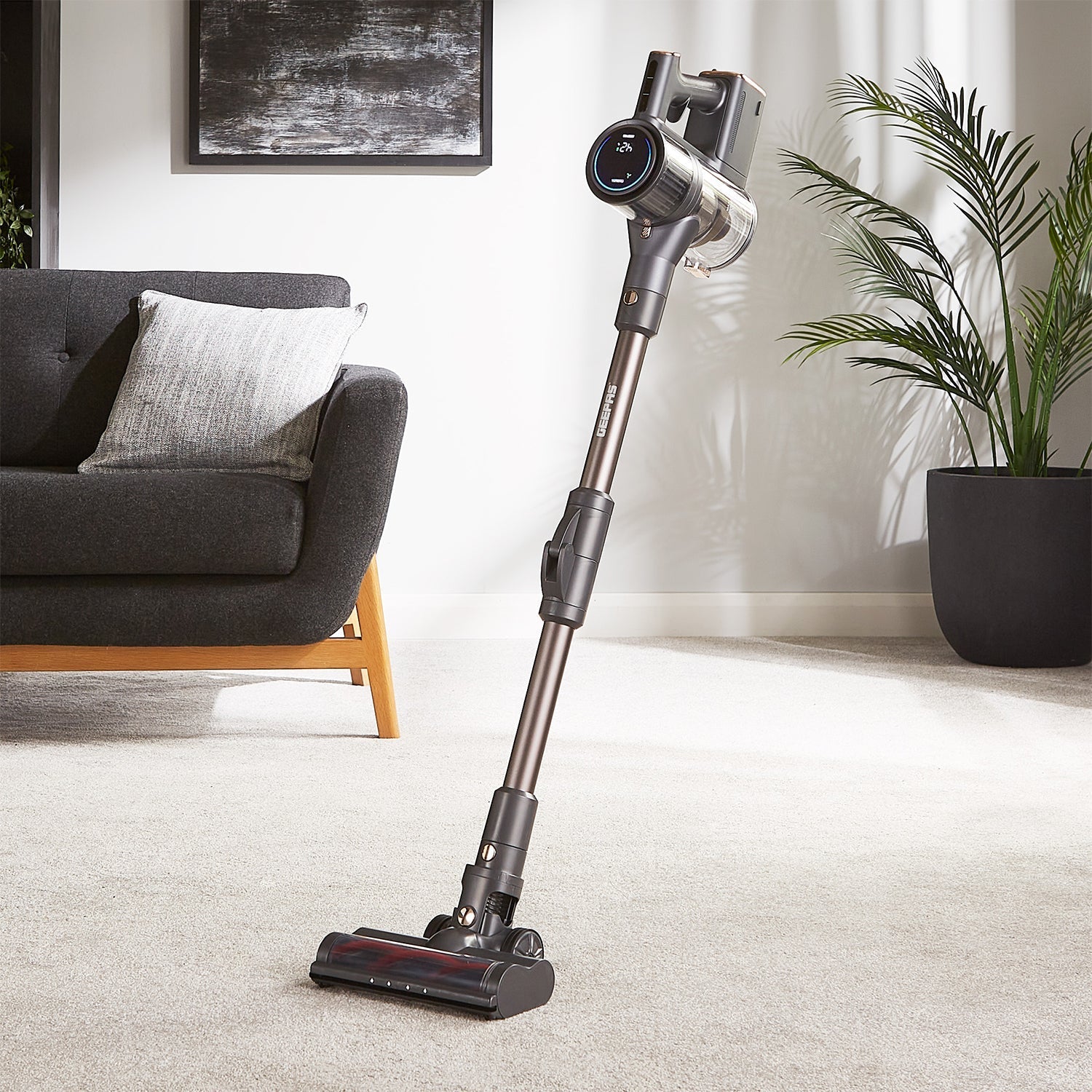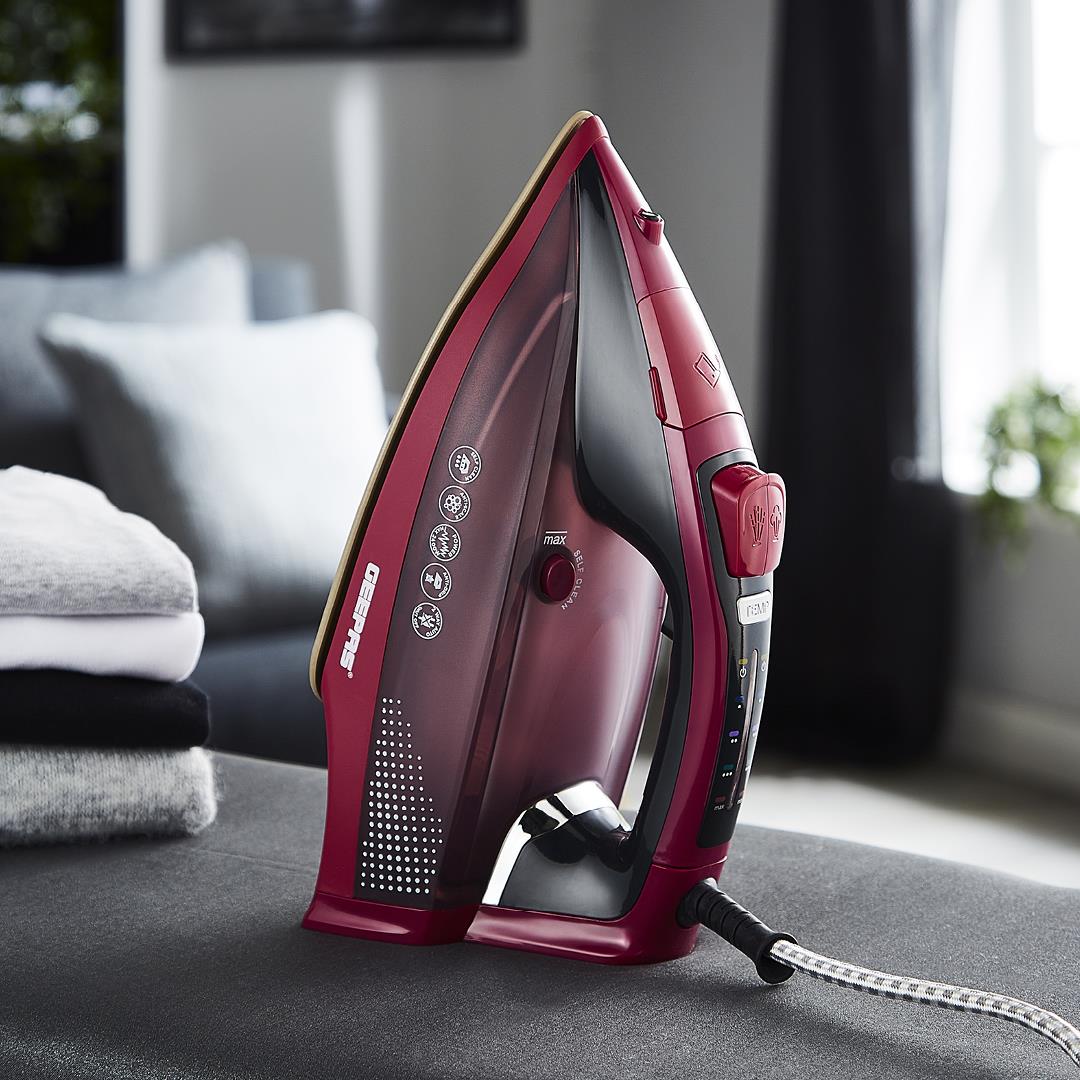Here's a comprehensive guide to answering the top questions about dehumidifiers.
What Is A Dehumidifier, And How Does It Work?
A dehumidifier is an electrical appliance designed to reduce excess humidity in the air. It works by pulling in moist air using a fan, passing it over cold coils where the moisture condenses into water, and then releasing the drier air back into the room. This process helps maintain optimal indoor humidity levels, preventing issues like mold, mildew, and dampness.
The Geepas 20L Dehumidifier With Laundry Drying Mode
How Do I Know If I Need A Dehumidifier?
You may need a dehumidifier if you notice signs of high humidity, such as condensation on windows, musty odors, peeling wallpaper, visible mold or mildew, or damp spots on walls or ceilings. An indoor humidity level above 60% is a clear indicator that a dehumidifier can help improve air quality and prevent moisture-related problems.
What Are The Benefits Of Using A Dehumidifier?
Dehumidifiers offer several advantages:
- Improved Air Quality: Reduces allergens like mold spores and dust mites.
- Prevents Mold and Mildew: Keeps walls, furniture, and fabrics dry.
- Enhanced Comfort: Eliminates sticky, clammy feelings in humid environments.
- Protects Belongings: Safeguards electronics, wooden furniture, and musical instruments from moisture damage.
How Do I Choose The Right Size Dehumidifier For My Space?
Dehumidifier capacity is measured in liters of moisture removed per day.
- Small rooms (up to 15m²): Opt for a 10L/day model.
- Medium rooms (15-30m²): Choose a 20L/day unit.
- Large areas (30m²+): Consider a high-capacity dehumidifier, such as 30L/day or more.
What Is The Ideal Indoor Humidity Level?
The ideal indoor humidity level ranges from 45% to 60%. Below 45% can feel too dry, while above 60% promotes mold growth and discomfort. A dehumidifier helps maintain this balance effectively.
Where Is The Best Place To Put A Dehumidifier?
Place your dehumidifier in the dampest part of the house, such as a basement, bathroom, or laundry room. Ensure at least 20cm of clearance from walls or furniture for proper airflow, and position it near a power outlet and a drainage point if needed.
How Often Should I Run My Dehumidifier?
You should run your dehumidifier as needed to maintain ideal humidity levels. In very humid conditions, it may need to run continuously. Modern dehumidifiers with built-in humidistats can automatically turn on and off to maintain set humidity levels.
Geepas 12L Low-Energy Dehumidifier With Laundry Drying Mode
Do Dehumidifiers Consume A Lot Of Electricity?
Dehumidifiers are generally energy-efficient, especially models with energy star ratings. For example, a typical 20L/day dehumidifier may consume around 300-500 watts, depending on the brand and usage.
How Do I Maintain My Dehumidifier?
To ensure optimal performance:
- Clean the filter every two weeks.
- Empty and clean the water tank regularly.
- Inspect and clean the coils to prevent dust buildup.
- Check for leaks in hoses if using continuous drainage.
Can I Use A Dehumidifier In Multiple Rooms?
Yes, but portable dehumidifiers are most effective in enclosed spaces. If you need to dehumidify multiple rooms, either move a portable unit between rooms or consider buying additional units for other areas.
What Is The Difference Between A Dehumidifier and A Humidifier?
- Dehumidifier: Removes excess moisture to combat dampness, mold, and mildew.
- Humidifier: Adds moisture to the air to prevent dryness and related discomforts.
Can A Dehumidifier Help With Allergies?
Yes, dehumidifiers reduce allergens such as mold spores, dust mites, and mildew, which thrive in high humidity. By lowering humidity levels, they create an environment that's less conducive to these allergens, improving respiratory health.
Is It Safe To Sleep In A Room With A Dehumidifier Running?
Yes, dehumidifiers are safe to use while sleeping. Many modern models operate quietly, making them ideal for bedrooms. Some even have night modes with reduced noise levels and dimmed lights.
Do Dehumidifiers Make A Lot Of Noise?
Noise levels depend on the model and capacity. Small-capacity units are quieter, with noise levels ranging from 30-50 decibels. Larger units may be slightly louder but still suitable for home use.
How Long Do Dehumidifier Last?
With proper maintenance, a dehumidifier can last 5 to 10 years. Regular cleaning of filters, coils, and water tanks can extend its lifespan.
What Is A Desiccant Dehumidifier?
A desiccant dehumidifier uses a moisture-absorbing material to remove humidity. Unlike compressor-based models, it performs well in lower temperatures and is ideal for cold basements or garages.
Can I Use A Dehumidifier In Cold Temperatures?
Compressor dehumidifiers may struggle in temperatures below 15°C due to coil freezing. Desiccant dehumidifiers are better suited for colder climates.
How Do I Drain A Dehumidifier?
- Manual: Empty the water tank when full.
- Continuous Drainage: Attach a hose to the drain outlet for automatic water removal.
What Is An Internal Condensate Pump In A Dehumidifier?
An internal condensate pump automatically pumps collected water to a nearby drain or sink, allowing for continuous operation without manual emptying.
Can A Dehumidifier Help Dry Laundry Indoors?
Yes, many dehumidifiers have a laundry mode that accelerates drying by removing excess moisture from the air, making them an eco-friendly alternative to tumble dryers.
What Is The Difference Between A Portable and A Whole-House Dehumidifier?
- Portable: Designed for single rooms, easily movable.
- Whole-House: Integrated into HVAC systems to manage humidity throughout the home.
How Do I Set The Humidity Level On My Dehumidifier?
Use the built-in humidistat to set your desired humidity level (eg. 50%). The dehumidifier will automatically maintain this level.
Why Does My Dehumidifier Freeze Up?
Freezing occurs when room temperatures are too low for compressor coils. To prevent this, use the dehumidifier in a space above 15°C or opt for a desiccant model.
Can I Run A Dehumidifier and An Air Conditioner Simultaneously?
Yes, running both improves comfort by cooling the air and reducing humidity levels. Ensure the units are appropriately sized for the space.
What Is The Purpose Of A Hygrometer In Relation To A Dehumidifier?
A hygrometer measures humidity levels, helping you determine if you need a dehumidifier and whether it's maintaining the desired humidity.
How Do I Know If My Dehumidifier Is Working Properly?
A properly functioning dehumidifier will produce water in the tank or through the drainage hose. You should also notice a decrease in indoor humidity levels when measures with a hygrometer. If you see no water collection or minimal changes in humidity, check for clogs, dirty filters, or malfunctioning parts.
Can A Dehumidifier Reduce Energy Bills?
Yes, a dehumidifier can indirectly lower energy bills. By reducing humidity, your air conditioning system doesn't need to work as hard to cool the air, leading to energy savings. In the winter, reduced humidity can also make heating systems more efficient.
What Is The Difference Between A Compressor and Desiccant Dehumidifier?
- Compressor Dehumidifiers: Use refrigerant and coils to remove moisture; best for warm and humid environments.
- Desiccant Dehumidifiers: Use a moisture-absorbing material; ideal for cold conditions or areas with lower temperatures.
Can Dehumidifiers Eliminate Mold Completely?
While a dehumidifier helps prevent mold by reducing humidity levels, it does not remove existing mold. To address mold, clean affected areas with proper cleaning solutions and keep the humidity below 50% to prevent regrowth.
Are There Specific Dehumidifiers For Allergy Sufferers?
Yes, some dehumidifiers are designed with HEPA filters to trap allergens like dust mites, pollen, and mold spores. These are specifically beneficial for people with allergies or asthma. Look for units labeled as allergy-friendly or designed to improve air quality.



